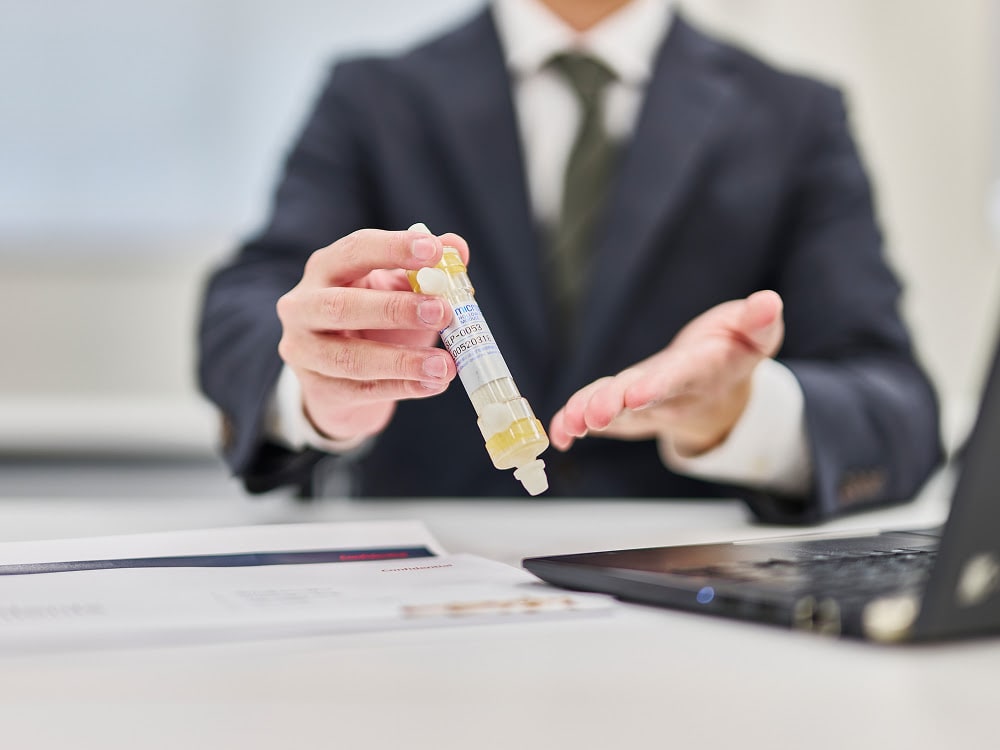Timing for Membrane Module Replacement
There is no uniform standard for determining the service life or replacement timing of membrane modules, except in cases of damage. Generally, replacement is considered when the designed water permeability can no longer be achieved, when the treated water quality cannot be maintained, or when the frequency of chemical cleaning required at the design stage can no longer be maintained.
Performance degradation during use can be broadly classified into two types: deterioration of membrane module components (membrane, adhesive, case) and reduced filtration function due to insufficient cleaning recovery from membrane clogging or flow path blockage.
-
Deterioration of Membrane Module Components
The main factors causing deterioration of membrane module components (membrane, adhesive, case) are as follows.
- Characteristics of the Treated Liquid (Water Temperature, pH, etc.)
- Operating Pressure for Filtration and Backwashing
- Repeated Stress from Pressure Fluctuations in Each Operation Process
- Concentration and Frequency of Chemicals Used for Restoring Water Permeability and Operation of Membrane Modules
- Ambient Operating Environment (Direct Sunlight, etc.)
- (Even When Not in Use) Storage Conditions (Room Temperature, Air Temperature, Duration, etc.)
-
Decline in Filtration Function
Adhesion of removed fine particles, suspended solids, dissolved polymers, and poorly soluble compounds to the membrane surface on the feed side, blockage of the membrane's porous section, and flow path blockage can cause a decrease in permeate flow and an increase in filtration pressure.
To suppress or recover from such declines in filtration function, regular backwashing and physical or chemical cleaning with air or chemicals are performed to remove fouling. Chemicals may be added to the feed liquid to prevent flow path blockage, and operational methods may be adjusted.
Check Out the High-Performance Hollow Fiber Membrane Lineup Now
Asahi Kasei's hollow fiber membrane Microza® for filtration and separation offers a diverse product lineup to suit various applications. We provide products that meet a wide range of filtration needs, including high-precision MF (microfiltration) and UF (ultrafiltration) membrane modules.



